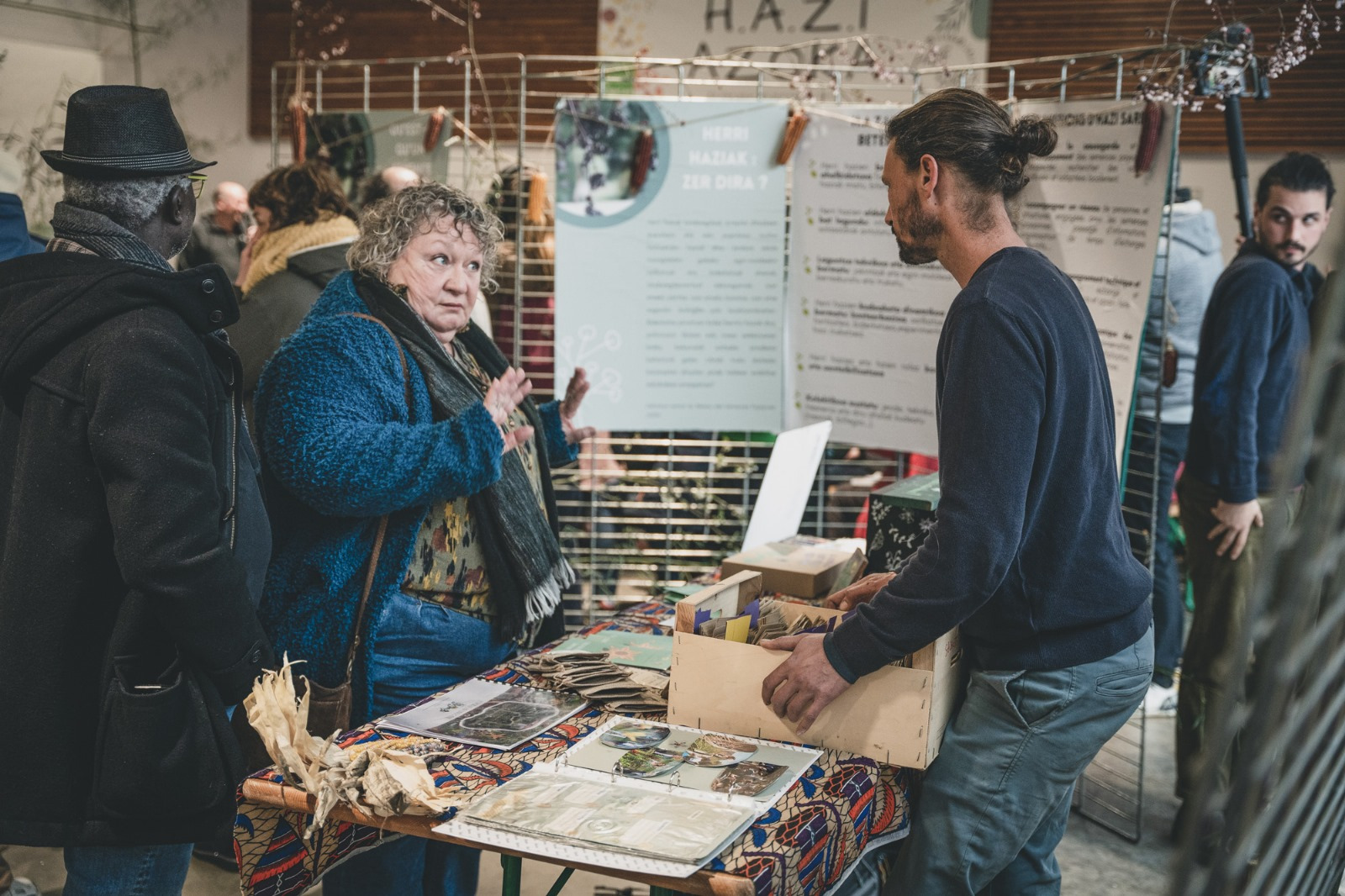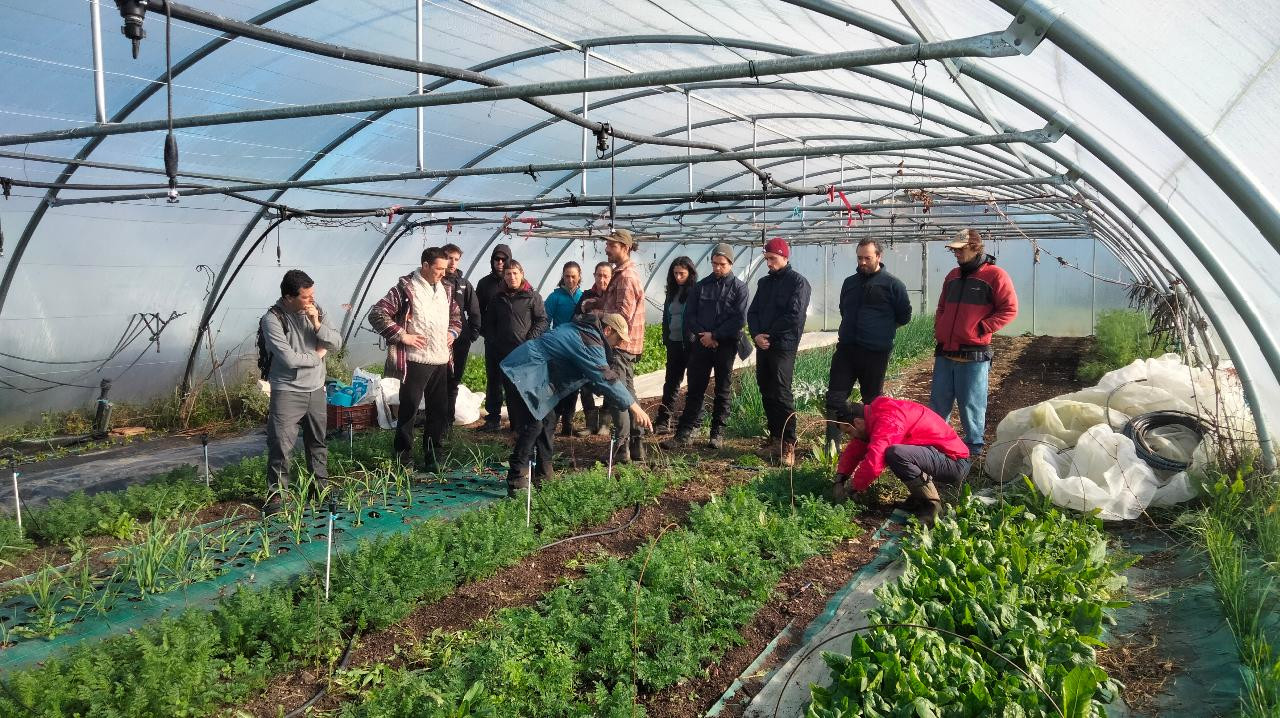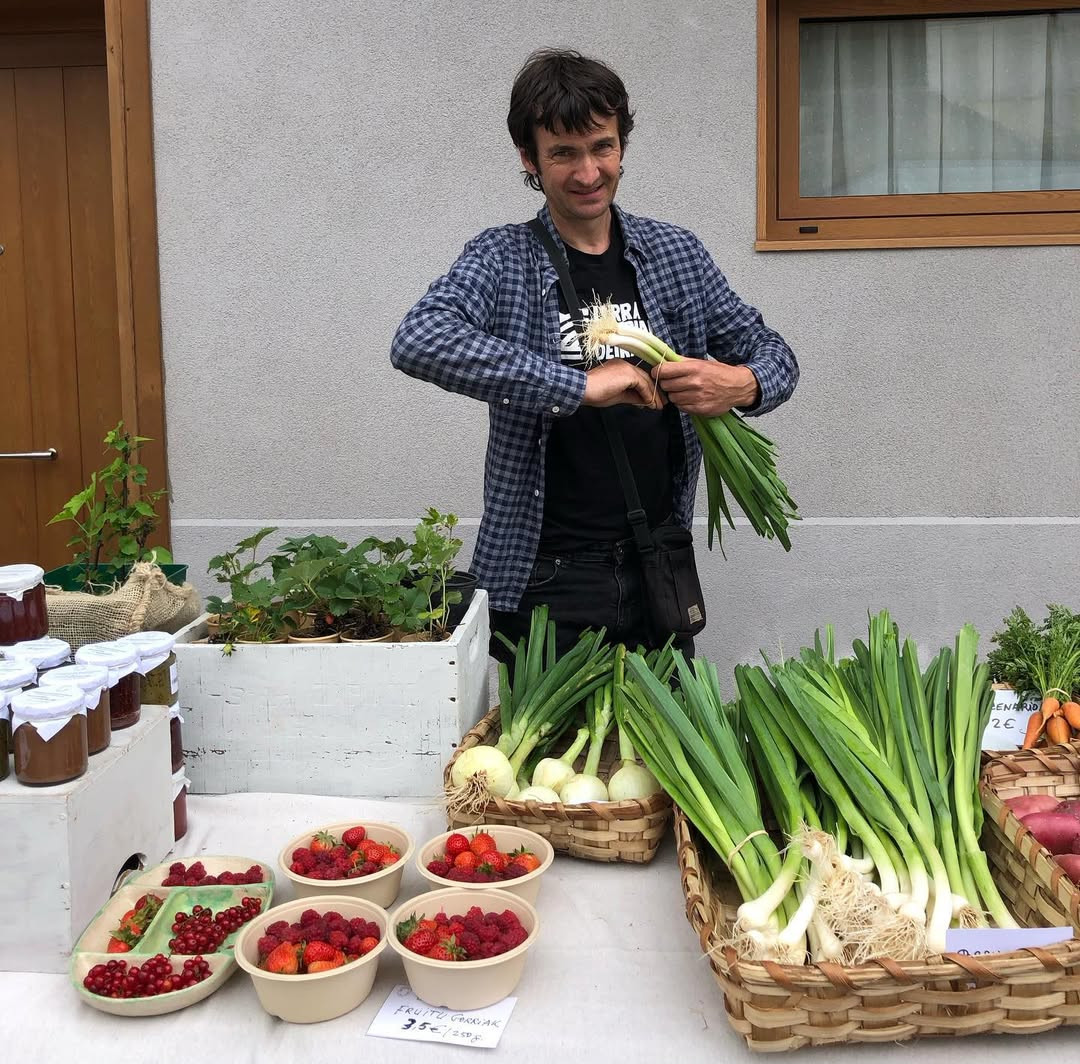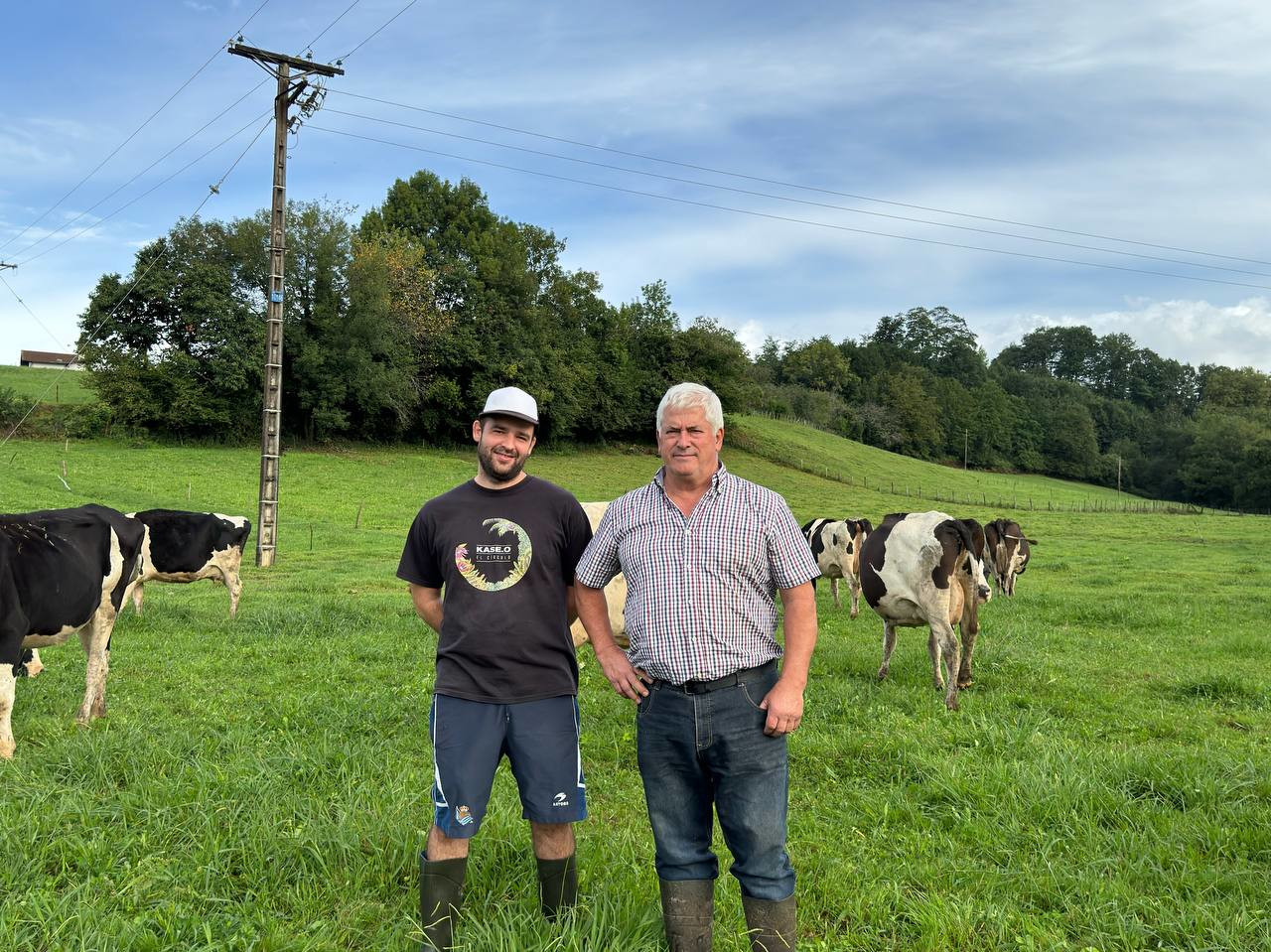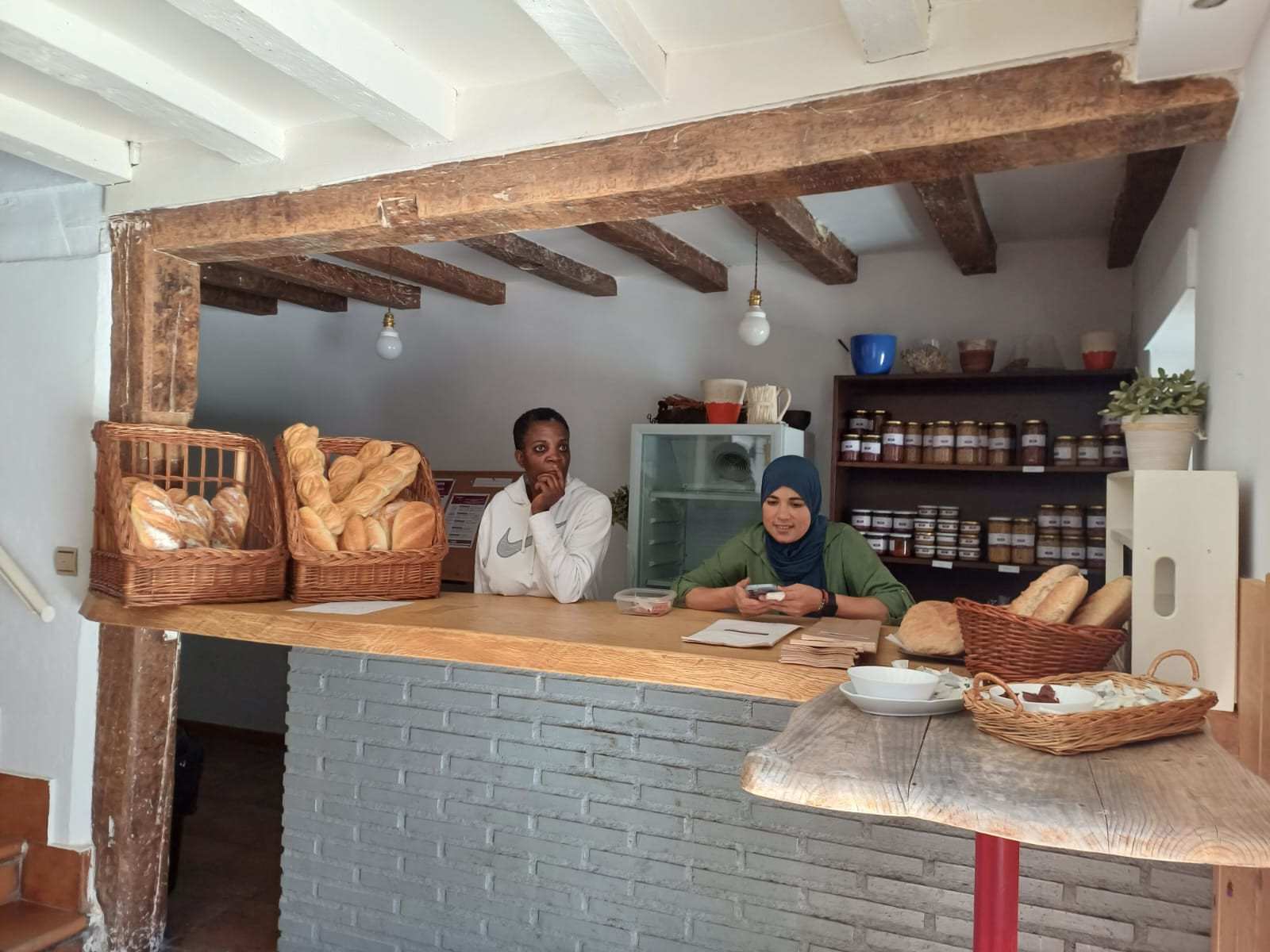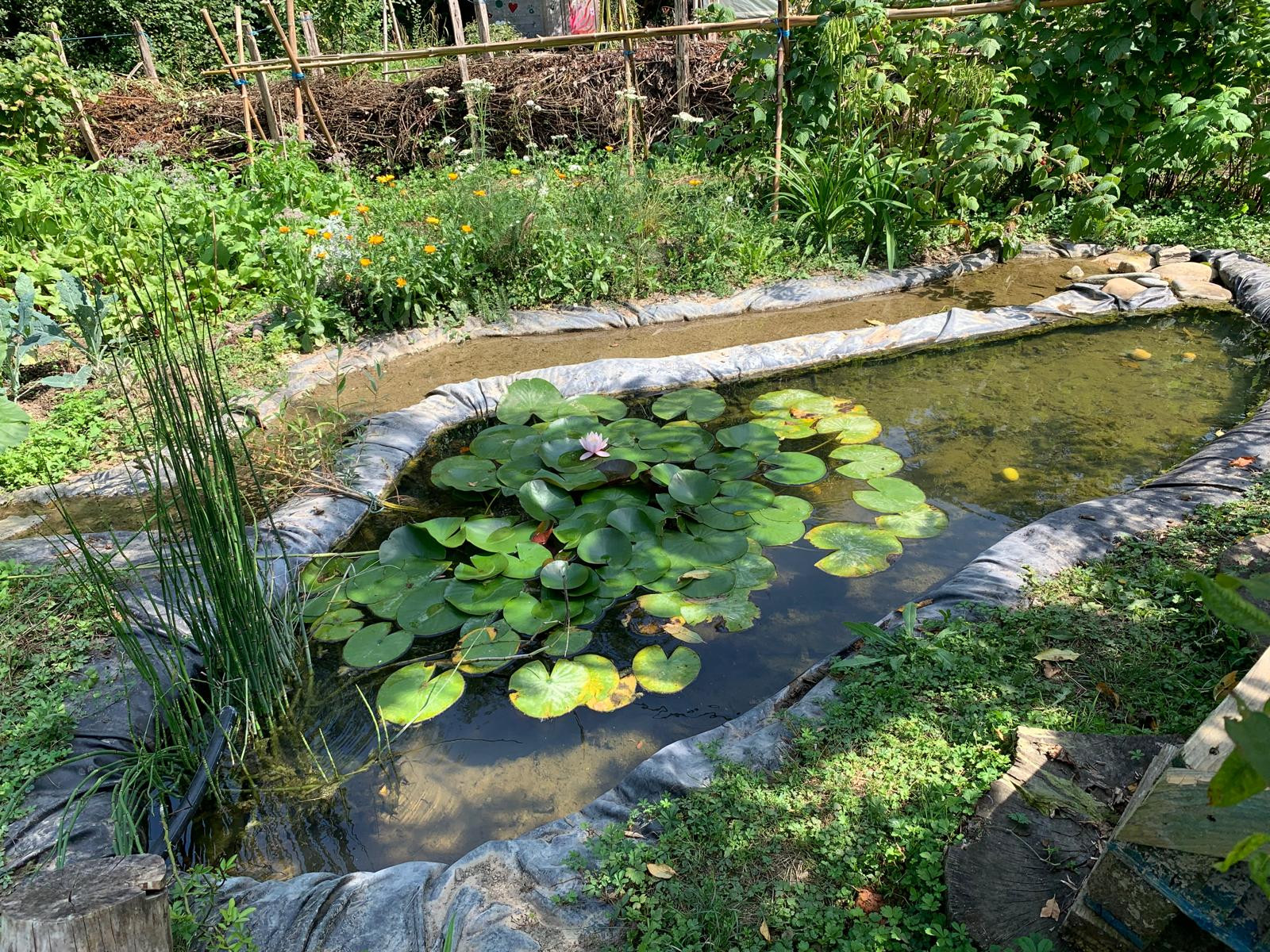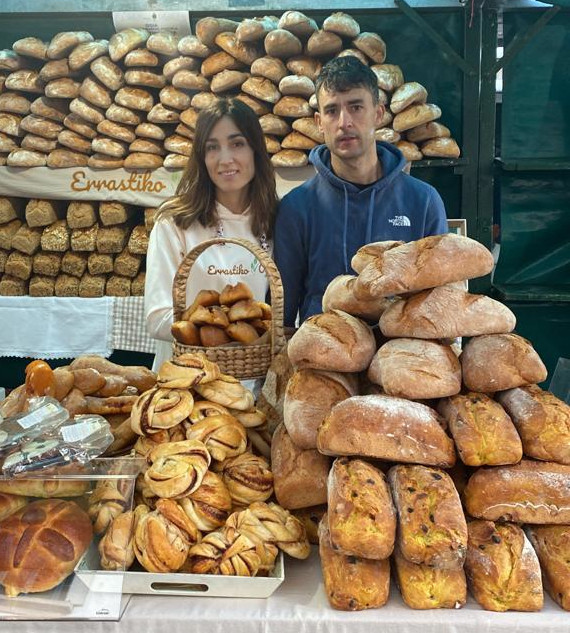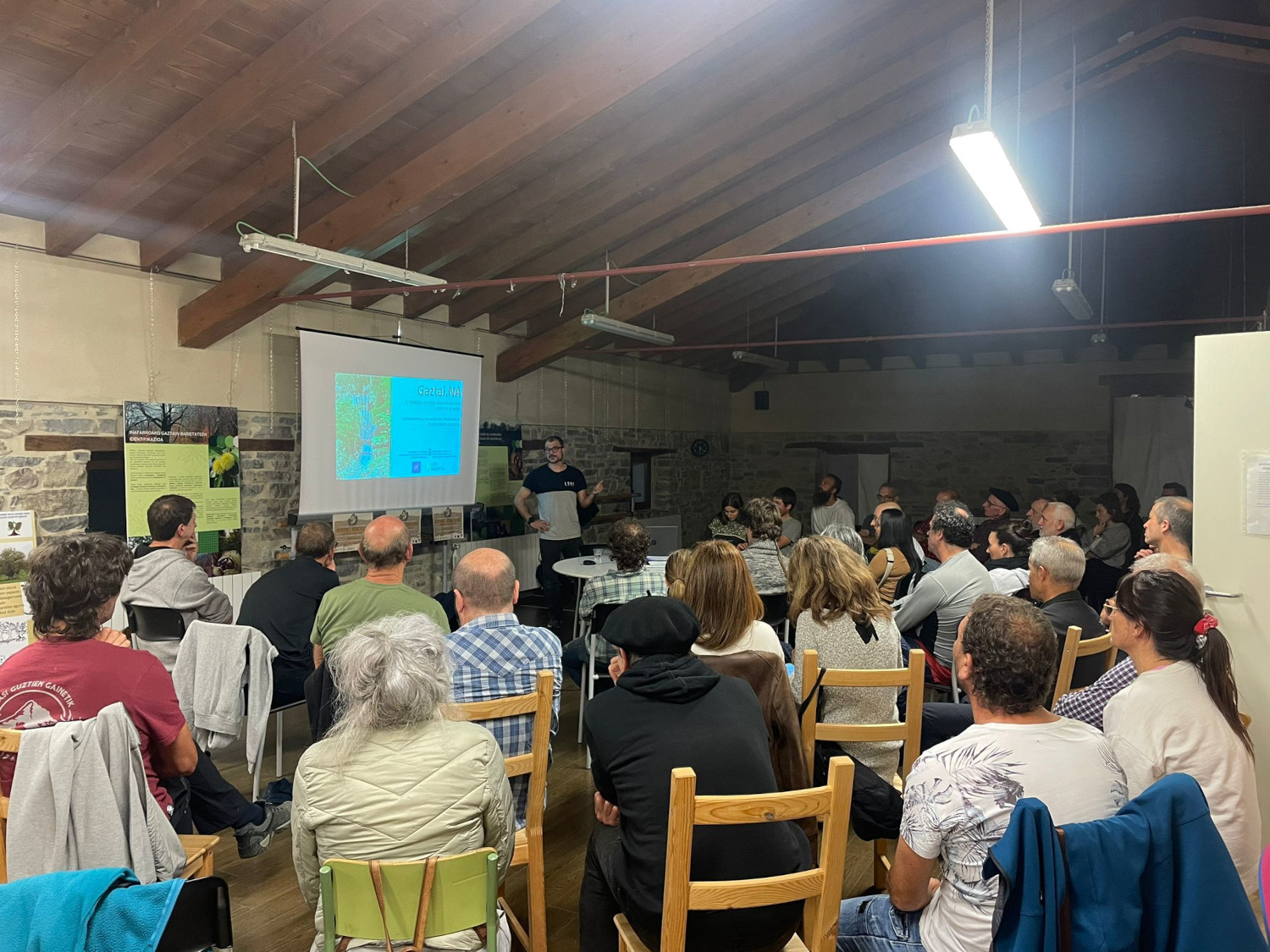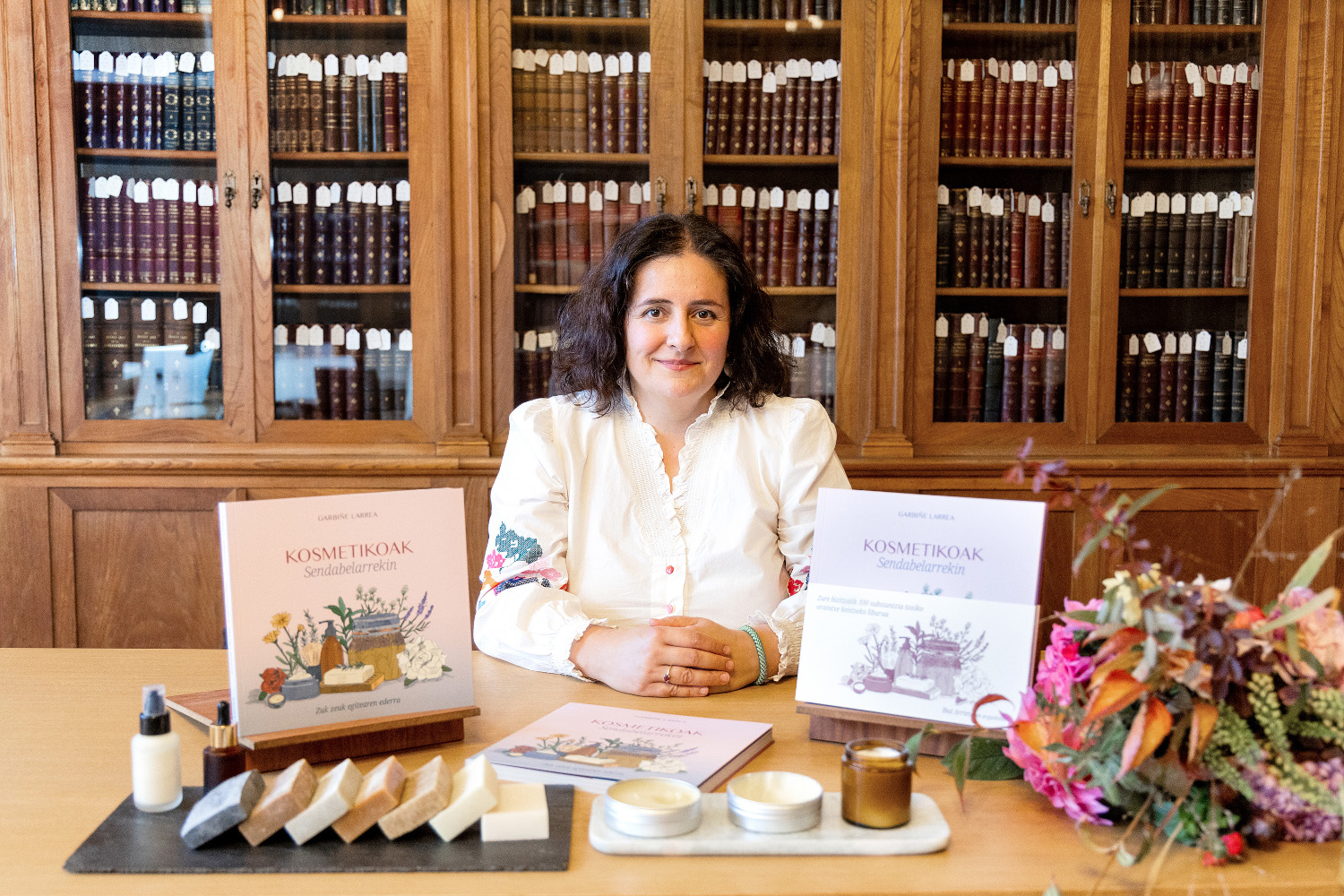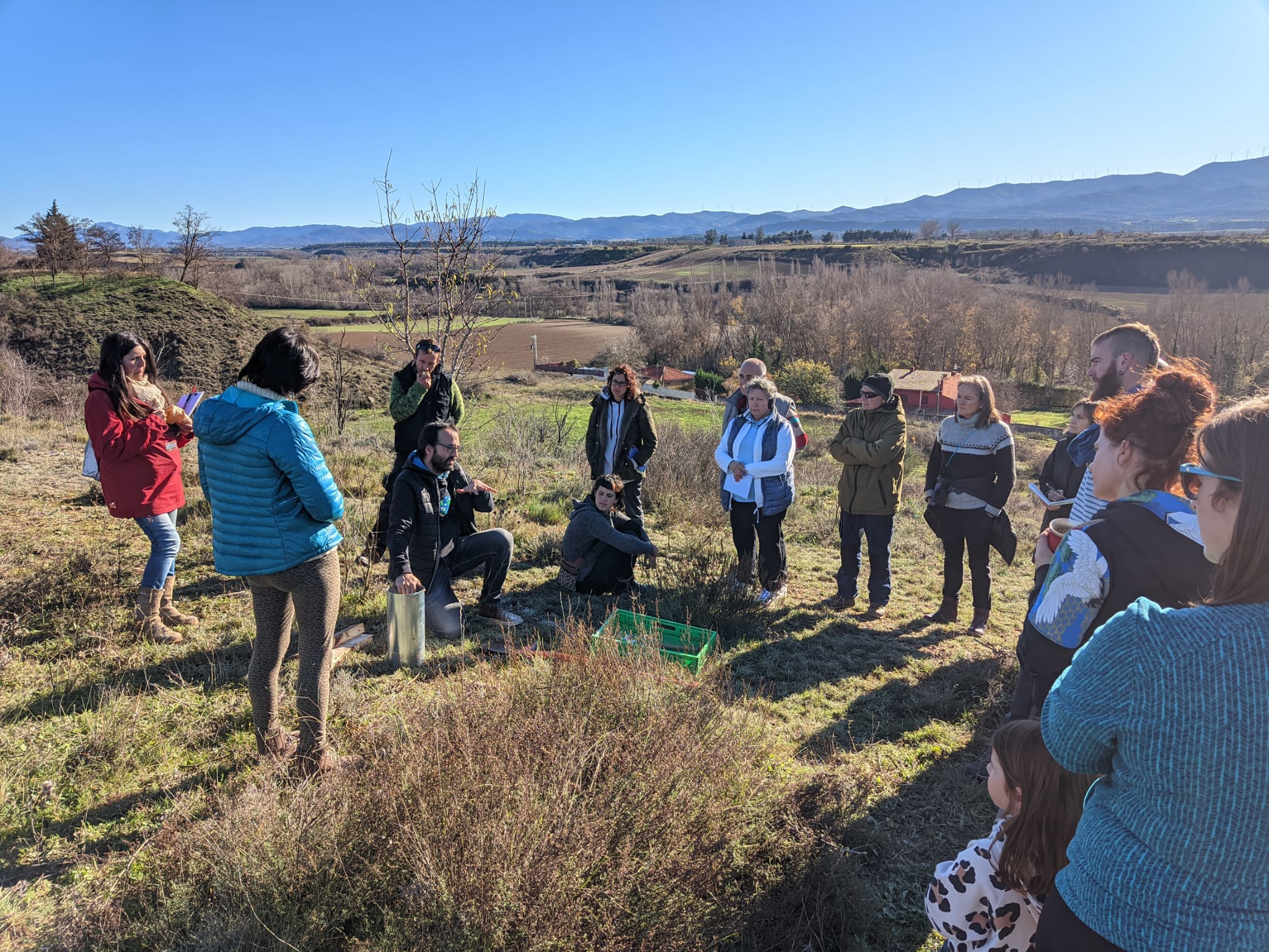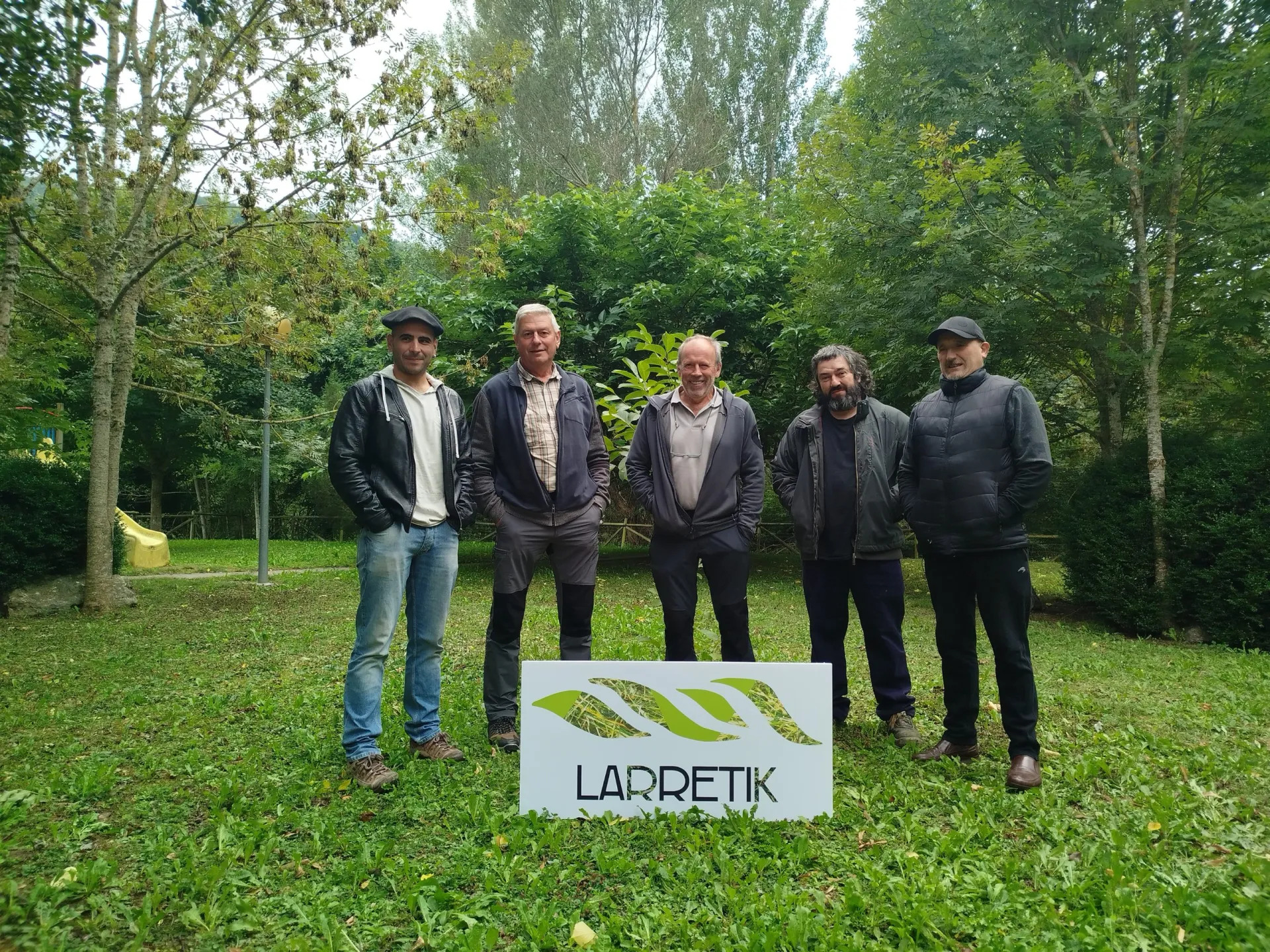Faced with climate change, Irurtzun and Arakil have organized the VII Congress of Deputies. Local Livestock Fair on September 15
- Around the Irurtzun Square you will be able to see and buy cattle, seasonal agricultural products and artisan crafts. In the words of the organizers, this fair aims to enhance direct selling, as "popular cultivation and food feeds society", and this year the fair will address the issue of the importance of sustainable cultivation in climate change: "37.3% of a citizen's Greenhouse Gases (GHGs) are a product of the type of food."

The livestock fair will have three spaces: fair and exhibition of native animal breeds, transparent rural market and craft fair. In addition, attendees will have the opportunity to be judges in the Popular Cheese Contest. At noon there will be a meal with products from the area and in the afternoon will be held the Aizkora Championship, the second eliminatory of the Euskal Herria Championship of the third category.
Contact with Lurram
The fair of Irurtzun and Lurrama have joined forces in this year’s edition. Every year, Lurramak invites farmers from a certain region of Europe to network, and this year they have invited the EHNE Bizilur group in Navarra. Farmers and farmers who will participate in the Irurtzun trade show are therefore invited to participate in Lurrama. That is why the Irurtzun fair will be the atrium of the Lurrama that is being held in Biarritz, and the two fairs will revolve around the same axis: the climate.
The fair for centuries
The Irurtzun Livestock Fair has for centuries attracted merchants from the valley and the outside of Arakil. The fair was held first once a month, between 1792 and 1921 every two weeks, between 1921 and 1945 every ten days and finally every Tuesday, until it was completely lost 40 years ago.
A cry for a clear model
The 7th Trade Fair will be organised between the following agents: Municipalities of Irurtzun and Arakil, Sakana Development Agency, Plazaola Tourism Association, Indigenous Breeds Promotion Associations, Arbaso, Basque Country Artisans Association, Sakana Belardi producer initiative and the EHNE-Bizilur initiative.
The fair helps to reflect on the daily decisions citizens make in food
In the note published by the organizers, the influence of the feeding mode of the population on the emission of Greenhouse Gases are highlighted: "37.5% of the population's emissions are the result of the type of food, especially because the foods that make up this diet are brought from afar and the production models are contagious and wasteful globally, and not to mention the human rights of the population of the countries of origin and of the indigenous communities." In view of this, they have explained that there is another way: to feed on the producers of the environment who work in sustainable cultivation: "These peasants offer seasonal and local food, taking care of the Earth and natural resources, and keeping the population of rural areas." As explained, the fair serves to reflect on the daily decisions made by citizens in the field of food.
But the organizers have stressed that public policies also have a responsibility to promote sustainable agriculture and livestock, as "fair and effective policies are needed. Therefore, in the face of climate change, we need sovereign and responsible consumers and transforming public policies."
More than ever to address climate change, sustainable cultivation and food sovereignty
The following specific practices have been set out as an example: "Faced with industrial livestock fed with GM soybeans and corn that is destroying the Amazon rainforest and trampling on indigenous communities, we must invest in the animals that graze in our mountains and our pastures. Agroecology and extensive grazing against the intensive and chemical model that erodes soil, freshwater and biodiversity. Many of the plastics that pollute our seas and our environment are designed to keep almost artificial vegetables and fruits from distant lands for a long time. In the face of this, to sow the vegetable gardens in the villages, in the neighborhoods, to buy the closest peasants, to protect the native breeds and the varieties in danger of extinction".
They have stressed the importance of "more than ever, sustainable cultivation and food sovereignty" in tackling climate change, which defends biodiversity and is committed to the lives of peoples.
Here we leave you the video they have made to set the fair:









